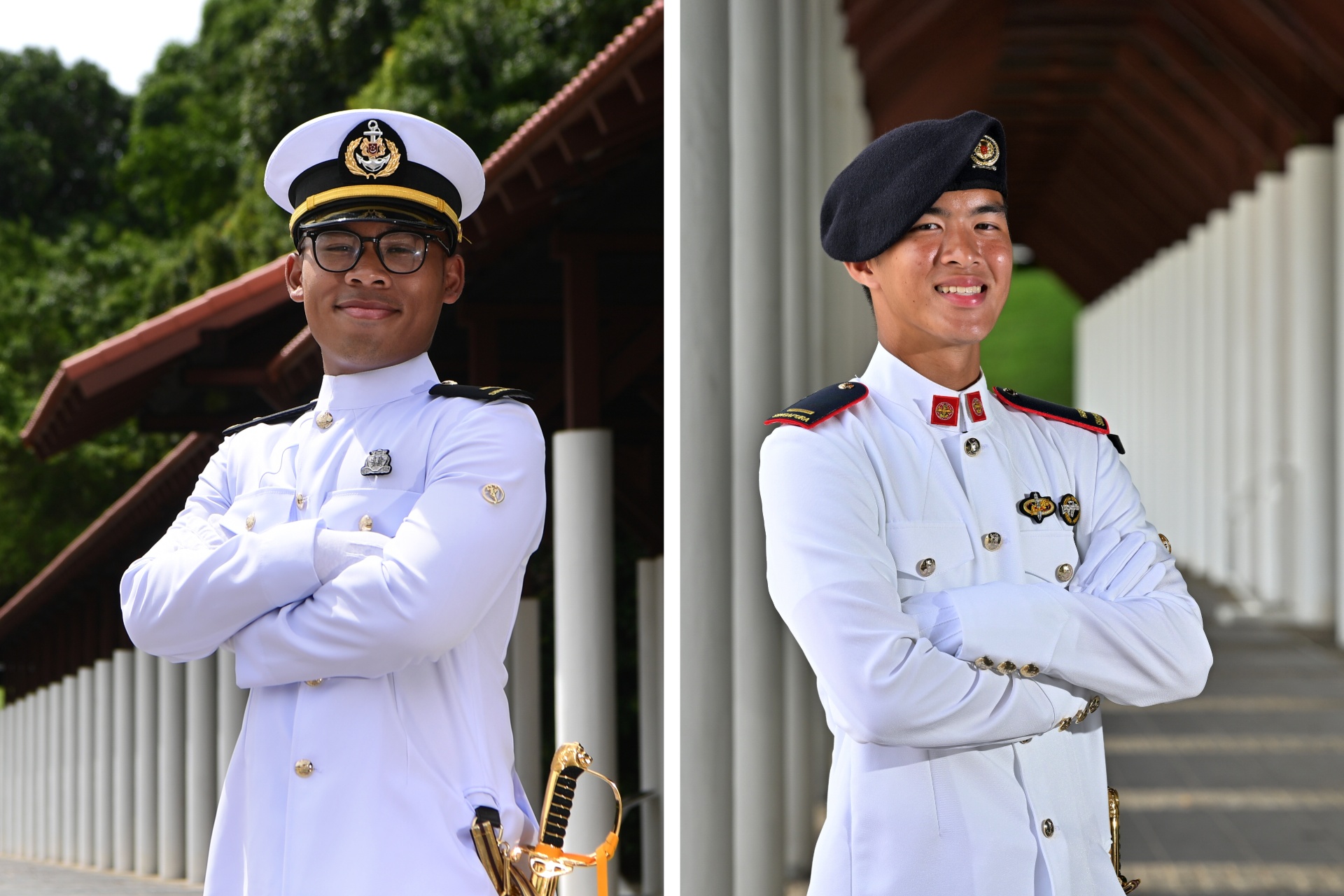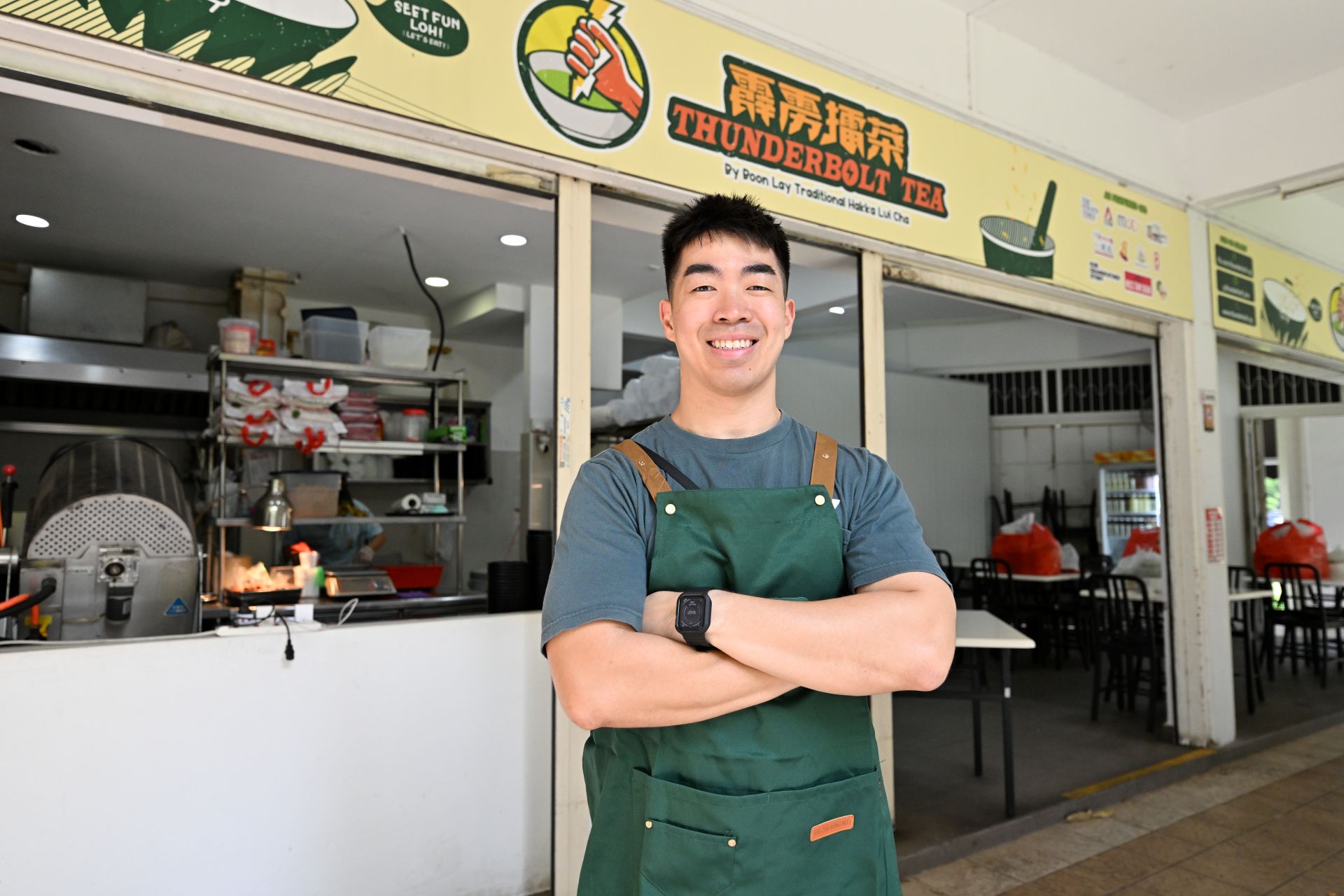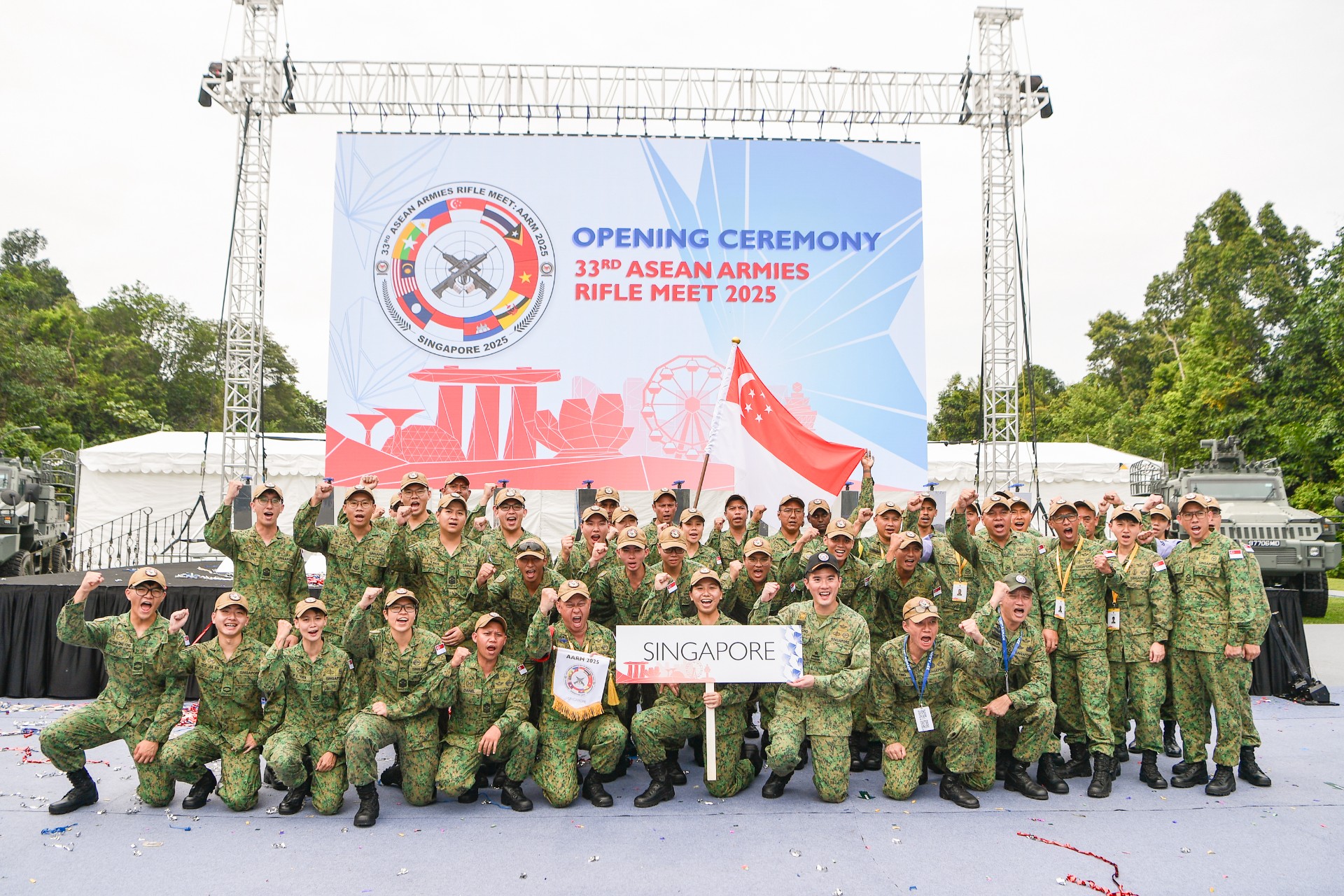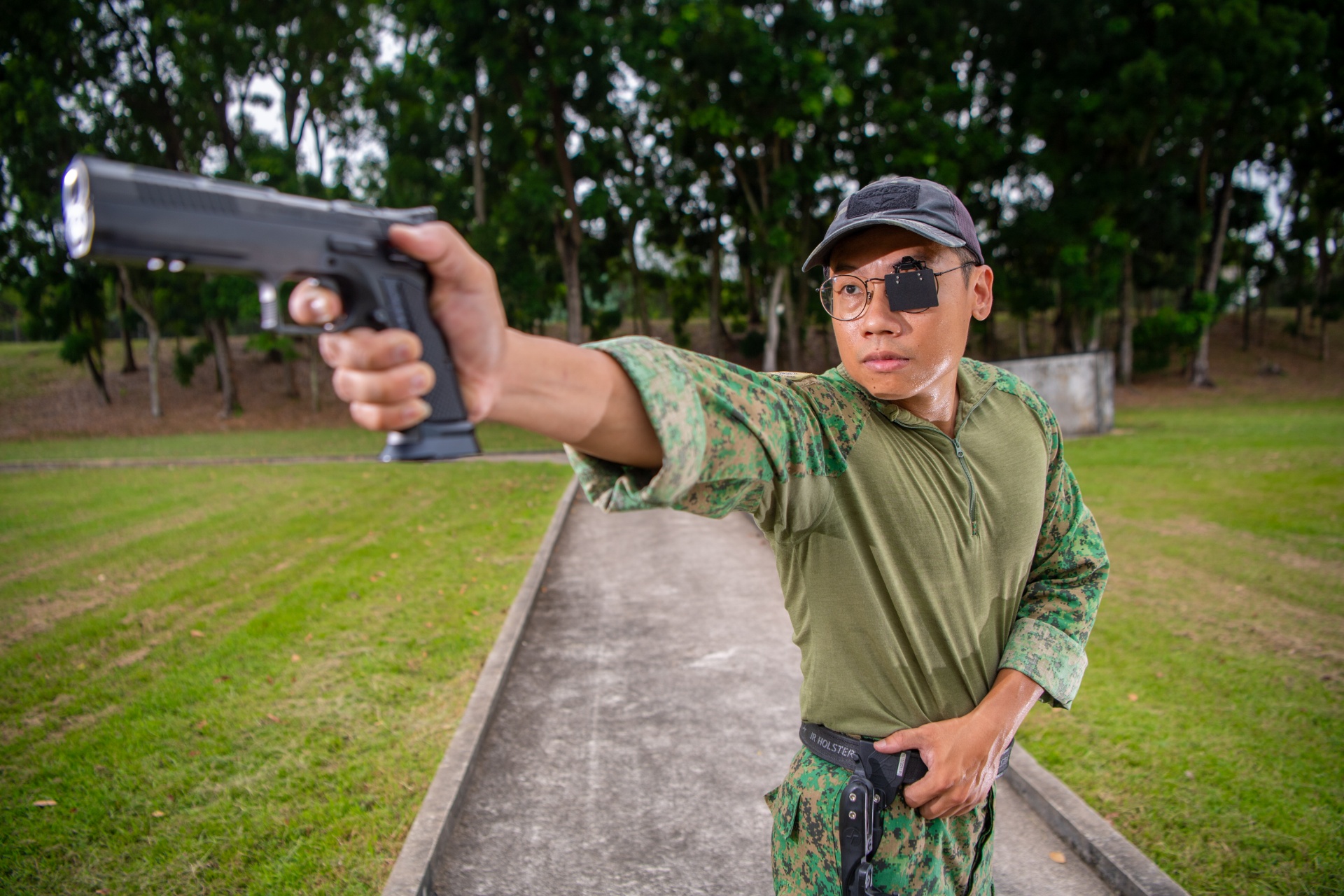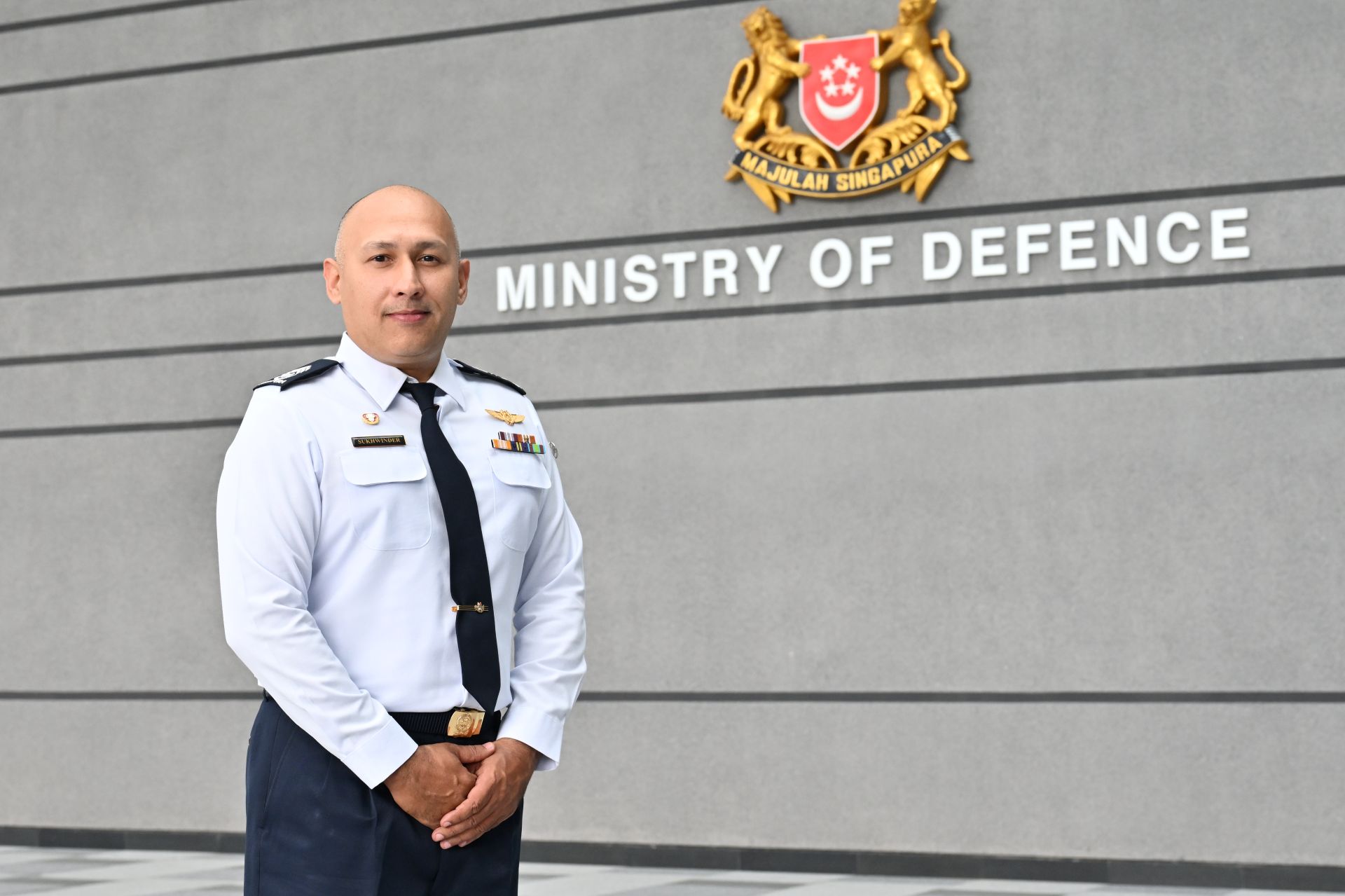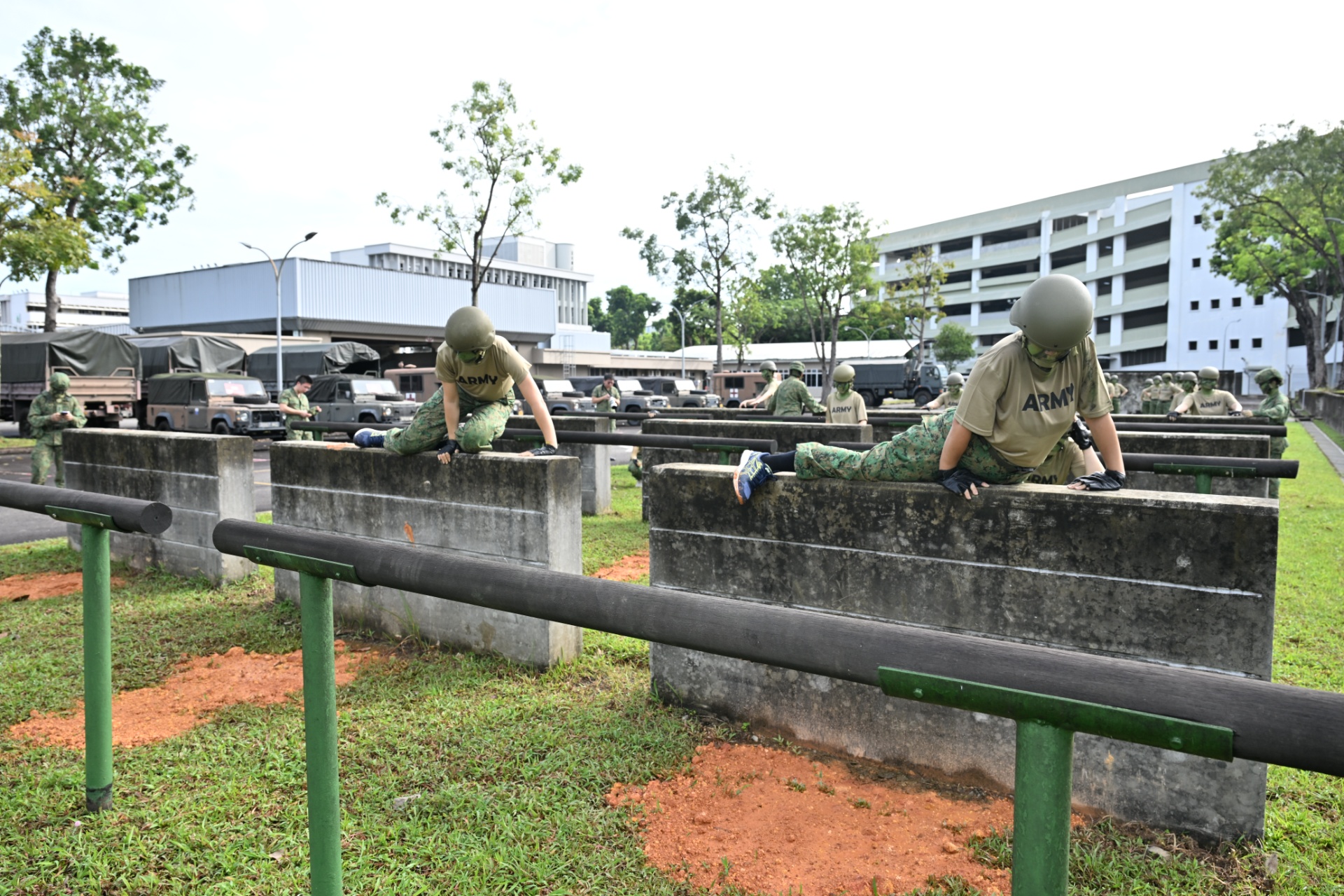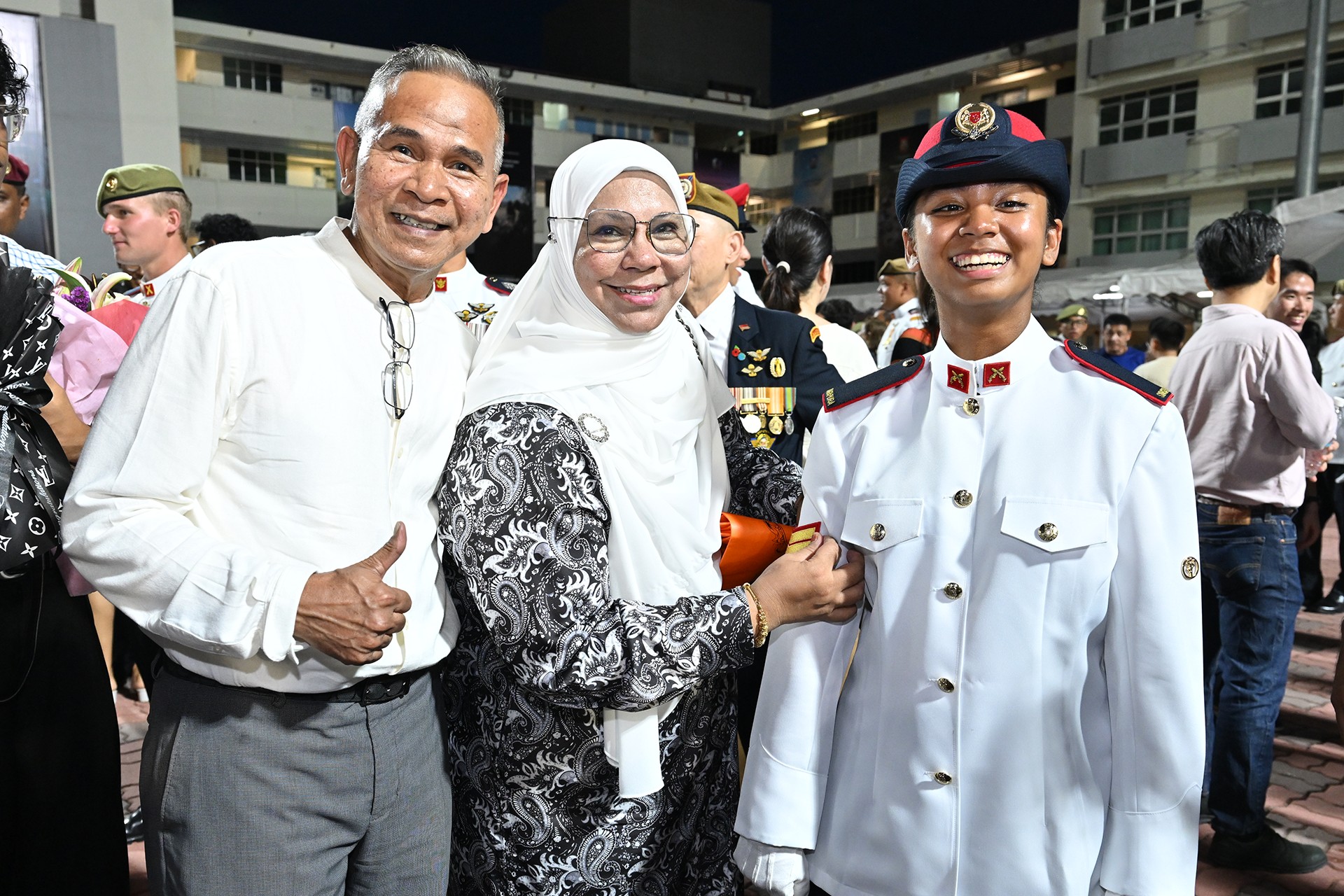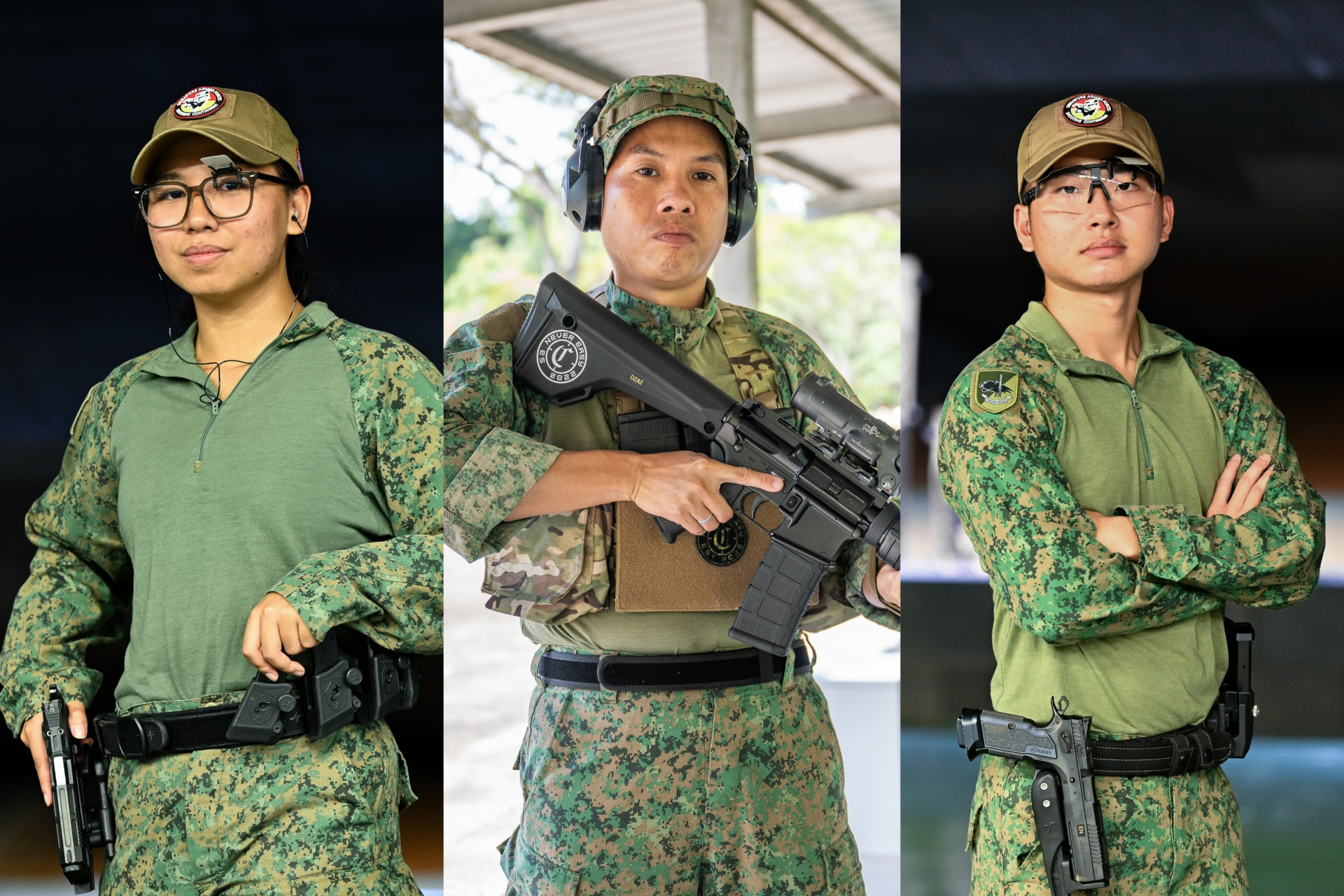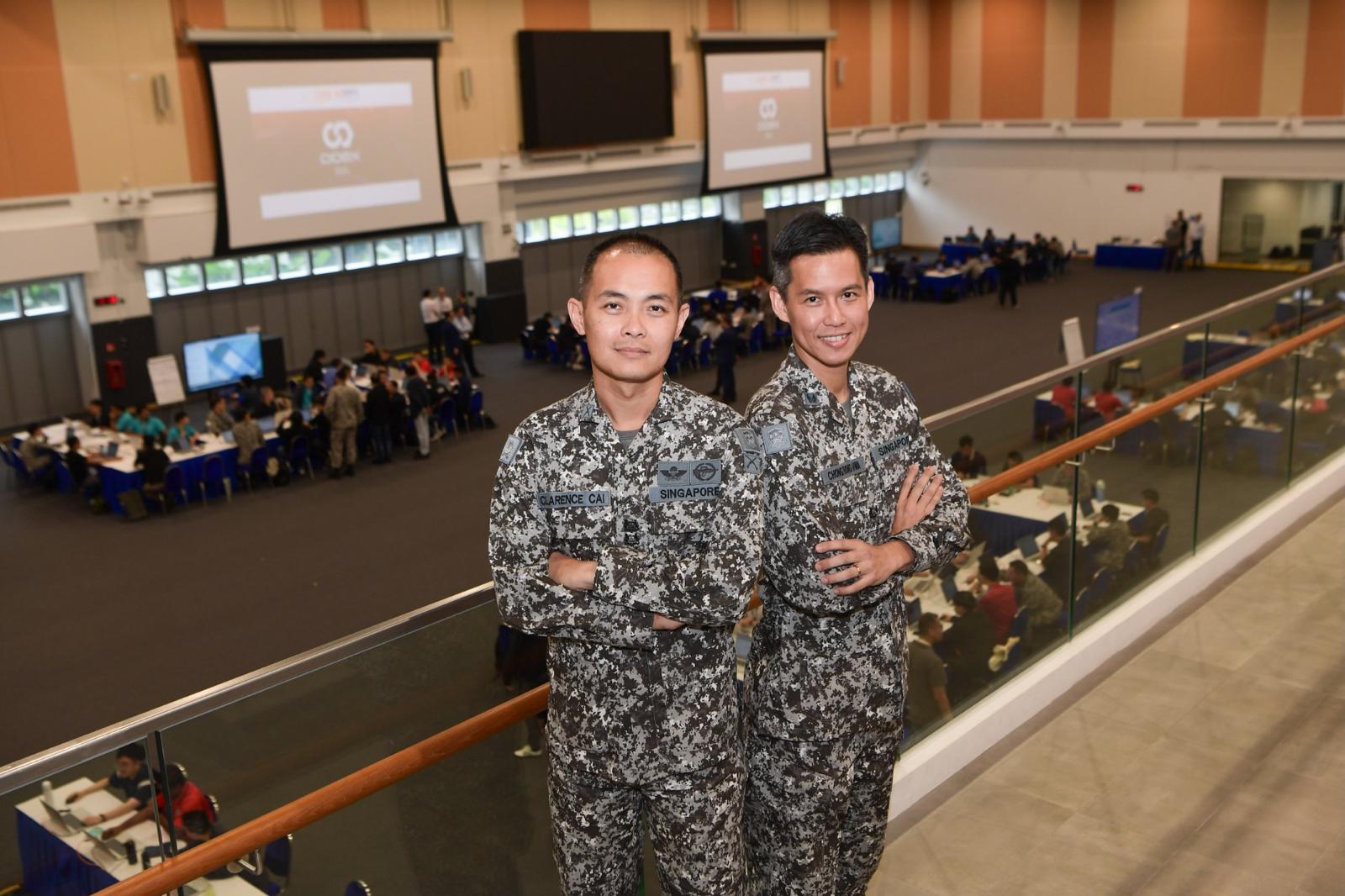ARMY MOVES TOWARDS NEXT GEN WITH NEW HQ SENSE & STRIKE ASSETS
The Next-Generation Army will have better sense and strike capabilities that allow it to see better and shoot faster.//Story by THRINA THAM //Photos by KENNETH LIN
The Next-Generation Army will have better sense and strike capabilities that allow it to see better and shoot faster.
As part of this endeavour, the new Headquarters Sense & Strike (HQ SS) was inaugurated in November 2020 to bring together the Army’s tactical intelligence and fires capabilities.
The new HQ SS was the result of a reorganisation of HQ Army Intelligence and HQ Singapore Artillery under the 6th Singapore Division (6 Div).
Minister for Defence Dr Ng Eng Hen visited the newly established 6 Div/HQ SS at Mandai Hill Camp on 28 Jun.
As part of his visit, he commissioned the TPQ-53 Weapon Locating Radar (WLR) and the Belrex Protected Combat Support Vehicle (PSCV) with the Advanced Mortar System. He also unveiled the Veloce 15 (V15) mini-Unmanned Aerial Vehicle (mUAV), which is undergoing trials.
These assets form part of the Army's latest suite of sense and strike capabilities.
After the visit, Dr Ng noted that the SAF continues to be on track for its next-generation transformation: "Even as we deal with COVID-19, we want to make sure that the SAF continues to develop.
"Overall we are going to use more artificial intelligence, robotics (and) data analytics."
Leaner, more capable force
Sense and strike capabilities are the Army’s ability to collect and make sense of information, and consequently execute robust responses.
They will be a key enabler for the Army as it prepares to be a leaner and more dynamic force, said Commander 6 Div, Brigadier-General (BG) Lee Yi-Jin.
"With leaner forces, you’re going to need more combat power to be delivered to the front line. Sense and strike capabilities are both key elements of what that arsenal of combat power is," he said.
"How you deliver that combat power…is also going to become more complex, whether (through) better, timelier intelligence or more responsive fires," he added.
To build on its sense and strike capabilities, the Army will leverage technology as a force multiplier.
Sense assets such as the TPQ-53 WLR and mUAV allow 6 Div/HQ SS to "see better" through early detection and to provide early warnings against threats. This gives manoeuvre units better real-time situational awareness, allowing for swift counter-attacks.
The TPQ-53 increases the Army's radar coverage, with its ability to detect, classify, track and determine the location of hostile rockets, artillery and mortar threats.
It has a range of up to 60km in fixed direction and rotational scanning, while its predecessors the TPQ-36 and TPQ-37 WLRs are limited to 50km in a fixed scan direction.
Meanwhile, the V15 mUAV will replace the Skyblade III mini-UAV in meeting the Singapore Army’s tactical intelligence, surveillance and reconnaissance requirements.
"It is lightweight. It's easy to assemble out in the field. It's got vertical take-off and landing capability which is suitable for the tight spaces that we think our units are going to have to operate in," said BG Lee.
The V15 mUAV has a maximum take-off weight of 17.5kg. It can be controlled from a range of up to 15km, 87 per cent further than its predecessor. This allows the Army to conduct effective last-mile aerial surveillance, especially in areas where it is difficult to deploy ground forces.
Such manned-unmanned teaming also means that the Army is able to become a more lethal force, with increased operational flexibility.
The Army will also become more mobile and operate at a faster tempo, in order to support the dynamic and evolving nature of operations.
Strike assets such as the 120mm Advanced Mortar System mounted on the Belrex PCSV (Mortar), is automated, allowing 6 Div/HQ SS to "shoot faster" and increase its responsiveness to support high-tempo ops.
The Belrex PCSV (Mortar) will replace the 120mm Towed Mortar. It deploys 80 per cent faster than its predecessor and has a 67 per cent higher rate of fire.
Due to its automation and enhanced firing capabilities, it only takes a three-man crew to operate, half that of its predecessor.
Defence-tech partnership
Ensuring that all the systems are well integrated is the Defence Technology Community.
"All (our systems) need to be networked and they need to operate quite seamlessly… DSTA (Defence Science and Technology Agency), in particular, are the system integrators and they play a critical role," said BG Lee.
One of DSTA’s developments has been the Robotic Command, Control and Communications (RC3) system, an extension of the Army's existing C3 system to include unmanned capabilities.
"(C3) helped the operator to quickly sense-make and decide on the next form of action… RC3 is a hub that allows the simultaneous control and monitoring of multiple unmanned systems to form a consolidated situational picture for coordinated missions," said Ms Cai Jialing, Director (Cap Dev), Land Systems in DSTA.
Applications of RC3 include automatic target identification and smart route planning, with the former seen in the Tactical-Intelligence Processing (Ti-Pro) mobile application.
The app, developed by DSTA and HQ Army Intelligence, applies artificial intelligence and data analytics to automate the identification of tactical targets, such as enemy vehicles.
Reconnaissance troops on the ground just need to use the app on their mobile devices to capture an image of the target. A report will then be auto-generated, with the target's identification and geo-tagged location sent to tactical HQ.
Moving forward from the 3rd Gen Army
These technologies and developments signal the Army's move into the next generation from the 3rd Generation Army.
The 3rd Generation Army, which began in 2004, focused on building the Army's capabilities in precision information, fires and manoeuvre.
This March, the Singapore Army conducted a capstone exercise involving active servicemen and Operationally-Ready National Servicemen from the 3rd Singapore Division and its constituent units, to test the capabilities of its 3rd Generation Combined Arms Division (CAD).
It attained Full Operational Capability for the 3rd Generation CAD, validating its capabilities as a precise and networked force.
-2021/30jun21_news1_photo1a.jpg?sfvrsn=3fb20196_5)
